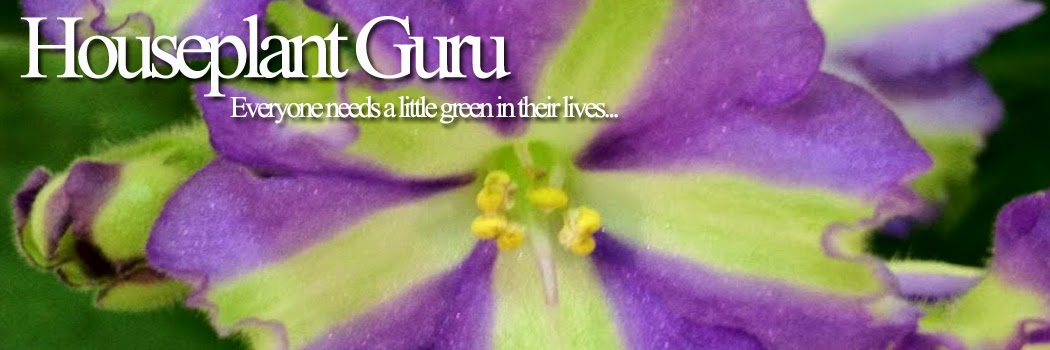 |
| Poor, cold brugmansia. |
Well, we had our first frost last night, here at my house. Where are some of my houseplants? Outside, freezing. I've been procrastinating bringing my plants in. Why? I'm a procrastinator. There you have it. Yes, they are coming in today. It barely froze, so they should be okay, as most are on the front porch and the others are on the back patio, in protected areas.
I've been so busy and I really wanted to treat them with a systemic insecticide before I brought them in. I know there are differing opinions on this practice. I have a lot of plants in the house that never see the outdoors, and I'd like them to stay healthy, so the plants coming in are treated. I don't normally recommend treating a plant that does not have an obvious insect infestation. Yet, I'm not taking any chances with my plants inside. Only my brugmansia, plumeria, hibiscus, passion vine, and ixora are taken outside for the summer. I also have to bring in the new plants I've acquired over the summer. These include a staghorn fern, a jatropha, and some succulents. I just can't throw them away, much to my husband's chagrin. I think he is the procrastinator, hoping I will forget about them, since I count on him to carry them in. Well, today is the day and they are on their way in.
One of my favorite sayings, "Do as I say, not as I do", applies in this case. I'm saying, houseplants should be brought in at the beginning of September, before the heat comes on and of course, before it freezes. The plants need to get acclimated to being in the house, before the heater comes on. So, bringing in my plants at this late date, is not something I recommend, but obviously something I'm doing.
 |
| Steptocarpella doesn't like freezing weather. |
This streptocarpella wasn't going to come in, anyway, but it
really doesn't like the cold. In the African violet family, it likes warm temperatures, and is easily damaged by cold. The brugmansia looks sad, but can be cut back, and will be fine.
My recommendations for moving plants inside, includes washing them off well with the hose, hopefully washing away any unwanted guests above the soil. You could also spray them with an insecticidal soap, making sure to wet the undersides of the leaves, as well. To discourage under soil visitors, you can soak your plants in a bucket of water for a while and usually all the inhabitants will exit the soil. (Never leave the plants in the water longer than overnight~drowning them is not the goal.) Let them drain well and dry out some before bringing them in.
Acclimate your plants first. This process helps the plant get used to a lower light level gradually. Just as we shouldn't take a plant outside in the spring and place it in the full sun, we shouldn't bring a plant from the full sun, directly into the house. Placing your plant in a semi-shady spot, such as under a tree, or under a deck for a week or more, will help it become accustomed to being in less light, before you bring it into your home. It doesn't matter where you put your plant in your house, washing the windows can make a huge difference. Dirty windows don't allow the light through as well as sparkling, clean windows. Your plants will love you for it.
I personally treat my plants with a systemic insecticide, such as Bonide Systemic Houseplant Insecticide. It contains imidicloprid, an insecticide that works very well on the insects that attack houseplants. It lasts for a long time and seems to knock out even mealybugs. I've been burned before by mealybugs, and will go to great measures to avoid them. I do not let any of my kitties near a plant that has been treated, though. The same could be said of small children. (I do not have any of those.) The insecticide spreads throughout the plant and if an animal or child chewed on a leaf, they would be ingesting the insecticide, also. Always follow the directions on the container and use precautions around your pets and children.
Prepare the spot they are moving to in the house. A saucer is a must, to protect your floors and windowsill from water damage. Do some research, and decide which exposure is best for each plant. With a little preparation, your plants can do very well coming in from their summer vacation.









































